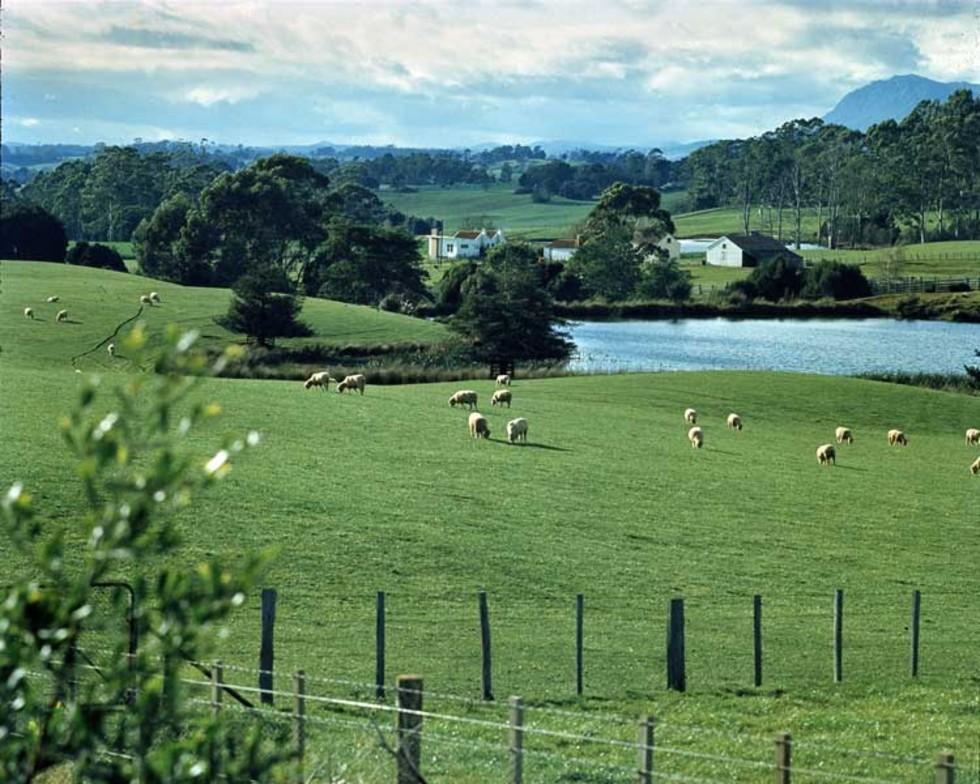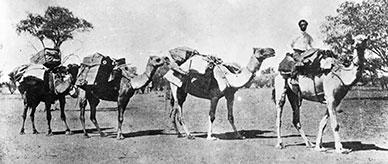


About this record
This colour photograph, taken in 1973, shows sheep grazing in the Kempton district of Tasmania. The photograph also shows a house, sheds, fenced paddocks and two sunken earth dams to provide water for animals. You can see evidence that trees have been cleared to allow for sheep grazing.
Educational value
- The Australian sheep industry has made a significant contribution to Australia’s economy for two centuries. There are now approximately 75 million sheep in Australia, of which approximately 2.5 million are in Tasmania. Australia is one of the world’s largest exporters of live sheep and sheep products, including wool.
- Sheep are not native to Australia—they were brought to Australia in 1788 by the First Fleet to provide food for the new colony. The majority of sheep were in mainland colonies and the numbers of sheep grew quickly as the colonists opened up land suitable for grazing. Sheep were also taken to Tasmania (then known as Van Diemen’s Land) soon after it was colonised in 1803. By 1828 there were nearly 700,000 sheep in Tasmania.
- In 1797 Captain John Macarthur imported merino sheep from Spain and then became a leader in the development of the Australian wool industry. The wool industry was very successful in Australia. Britain was keen to have a good supply of wool for clothing and wool could be transported over long distances by sea without being damaged.
- Merino sheep, and cross-breeds that developed from them, were well suited to the Australian climate and environment. Numbers of sheep grew quickly and by 1850 there were 13 million sheep in the colonies. The flocks were used for meat and to produce wool for clothing.
- As greater numbers of colonists became involved in the sheep industry, more land was cleared of trees to allow for grazing. With abundant land available, sheep were mainly kept in paddocks surrounded by fences. The practices of tree-clearing and fencing were responsible for major changes to the Australian environment.
- Australia’s landscape has been significantly changed by introduced animals such as sheep, and not only because the forests were cleared. Sheep and other introduced animals had an impact on soil quality in Australia. Their cloven hoofs compact the soil when they walk on it—unlike the soft padded feet of kangaroos and small marsupial animals that are native to Australia. This has led to loss of plant cover, and this in turn has led to greater erosion of soil.
Related themes
Need help with your research?
Learn how to interpret primary sources, use our collection and more.



